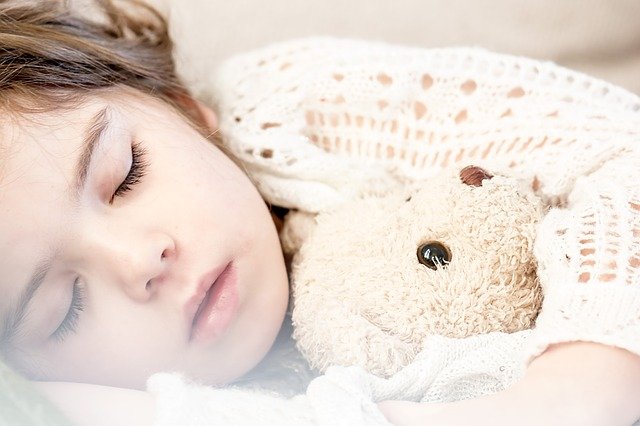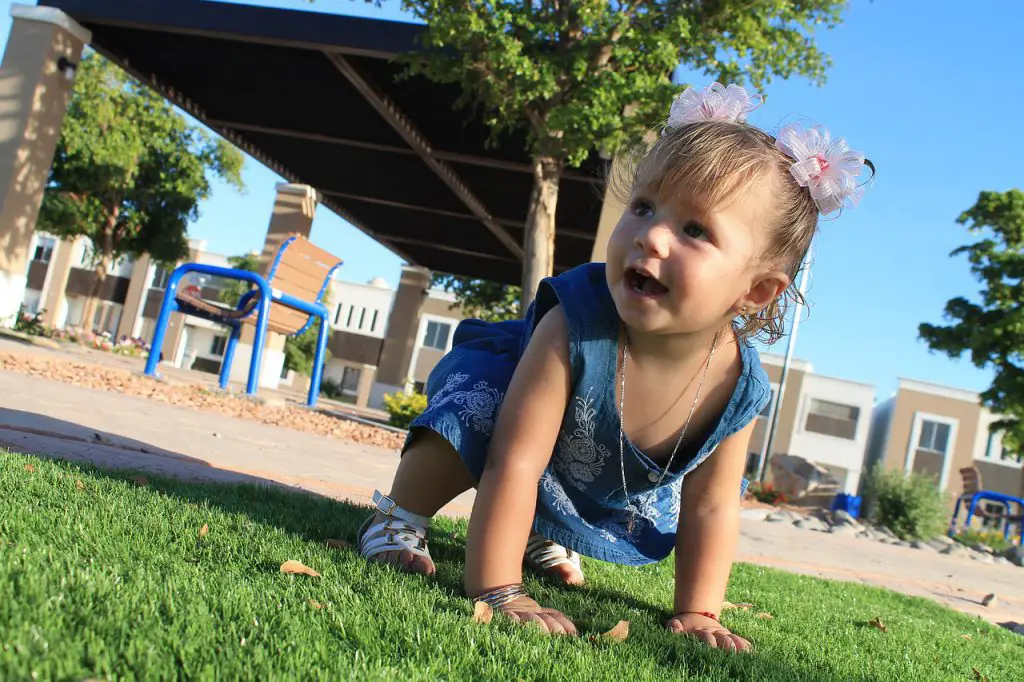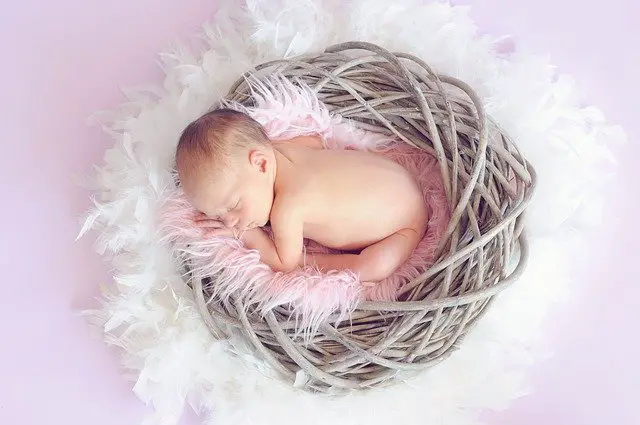When do babies start teething and what are the symptoms?; Are the most frequently asked questions by nursing mothers. Consequently, most babies get their first tooth at around six months of age and , it’s not always the case in some babies. Most importantly, some babies get their first teeth from as early as three to four months . On the other hand, others experience late teething.
When do babies start teething.

Did you know that some babies are born with their first teeth?. Yes ! Babies are actually born with their first teeth in their gums. Likewise, a large percentage of babies start teething at around six months of age . And , on the other hand a smaller percentage of babies start teething earlier from as young as three months.
Baby tooth eruption chart in When do babies start teething?.
| Upper tooth. | Teeth emerges. | Tooth falls out. |
| Central incisors | 6-10 months of age | 7-8 years of age. |
| Lateral incisors | 8-12 months of age | 8-9 years of age. |
| Canines | 16-20 months of age | 11-12 years of age. |
| First molars | 11-18 months of age | 9-11 years of age. |
| Second molars | 20-30 months of age | 9-12 years of age. |
Lower teeth | ||
| Central incisors | 5-8 months of age | 6-7 years of age. |
| Lateral incisors | 7-10 months of age | 7-8 years of age. |
| Canines | 16-20 months of age | 9-11 years of age. |
| First molars | 11-18 months of age | 10-12 years of age. |
| Second molars | 20-30 months of age | 11-13 years of age. |
What stage is a baby stage?

Certainly, babies are still babies from the time they are born up until they turn twelve months of age . But most parents appear to be attached to the term “ baby “ so, they still refer to their little munchkins as “babies”, up until they turn three to four years.
What are the symptoms of teething?
When do babies start teething?.
Firstly, you will to note that your baby’s gums may become red and swollen. Accompanied, by increased drooling. He or she will start chewing on anything they get their hands on to with biting as an exception. In addition, your baby will pick up anything and put it into his or her mouth.
Advantages of baby teething symptoms.
When do babies start teething?
Well the advantage of teething symptoms in babies is that you will get to notice that your baby is going through the teething process . It offers you a lot of clues as to what is happening to your baby . In addition, it acts as an eye opener ; and once you know , you can start helping out your baby . To soothe the painful process.
Must I worry when my baby is experiencing teething symptoms?.
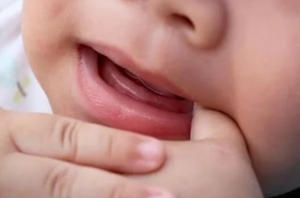
Teething can be painful to babies and in turn makes parents to worry. However, teething does not make babies sick , but it is a key stage in every child’s life. Because it can be a painful experience for them. Hence, worrying about your baby experiencing teething symptoms is not really a good thing to find yourself doing.
Baby teething remedies.
Subsequently , baby your baby will show you hints that he or she is going through the teething process . You now need to help your baby out , to make them feel better . Some experts say ” teething toys are too cold and may hurt your baby’s mouth ” , you can try cooling them and not freezing ;
- Try offering a hard, unsweetened teething cracker.
- Offer cool water from a sippy cup .
- Let your baby gnaw on your finger if your baby’s breath haven’t come yet.
Try these home remedies to soothe teething symptoms;
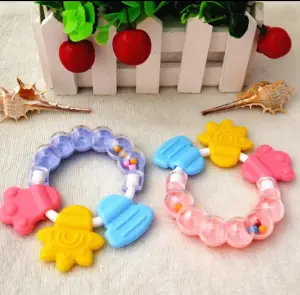
Rub your baby’s gums using a clean wet gauze. Try storing the wet gauze in the refrigerator to help soothe teething pain. Keep your baby’s spoon in the freezer ; let your baby chew on it ,this will also help soothe the pain. Lastly, buy your baby tethers some teether allow them to chew on them whenever they feel like .
Baby development stages from birth up to 12 months.
Developmental milestones.
| Age | Motor | Speech | Vision and hearing | Social |
| 1–1.5 months | When held upright, holds head erect and steady. | Cooes and babbles at parents and people they know | Focuses on parents. | Loves looking at new faces. Starts to smile at parents. Startled by sudden noises |
| 1.6–2 months | When prone, lifts self by arms; rolls from side to back. | Vocalizes cooes (makes vowel-like noises) or babbles. | Focuses on objects as well as adults. Smiles at parent. | Loves looking at new faces. Starts to smile. |
| 2.1–2.5 months | Rolls from tummy to side. Rests on elbows, lifts head 90 degrees. Sits propped up with hands, head steady for short time. | Changes sounds while verbalizing, “eee-ahhh”. Verbalizes to engage someone in interaction. Blows bubbles, plays with tongue. Deep belly laughs | Hand regard: following the hand with the eyes. Color vision adult-like. | Serves to practice emerging visual skills.Also observed in blind children. |
| 3 months. | Prone: head held up for prolonged periods. No grasp reflex. | Makes vowel noises. | Follows dangling toy from side to side. Turns head around to sound. Follows adults’ gaze (joint attention). Sensitivity to binocular cues emerges. Squeals with delight appropriately. | Discriminates smile. Smiles often. Laughs at simple tings. Reaches out for objects. |
| 5 months | Holds head steady. Goes for objects and gets them. Objects taken to mouth. | Able to reach hanging objects and grab them. Noticing colors to | Adjusts hand shape to shape of toy before picking up. | |
| 6 months. | Transfers objects from one hand to the other. Pulls self up to sit and sits erect with supports. Rolls over from tummy to back. Palmar grasp of cube hand to hand eye coordination. | Double syllable sounds such as ‘mumum’ and ‘dada’. Babbles (consonant-vowel combinations). | Localises sound 45 cm (18 in) lateral to either ear. Visual acuity adult-like. Sensitivity to pictorial depth cues (those used by artists to indicate depth) emerges. | May show stranger anxiety. |
| 9–10 months. | Wiggles and crawls. Sits unsupported. Picks up objects with pincer grasp. | Babbles tunefull. | Looks for toys dropped. | Apprehensive about strangers. |
| 1 year | Stands holding furniture. Stands alone for a second or two, then collapses with a bump. | Babbles 2 or 3 words repeatedly . | Drops toys, and watches where they go. | Cooperates with dressing. Waves goodbye. Understands simple commands. |

